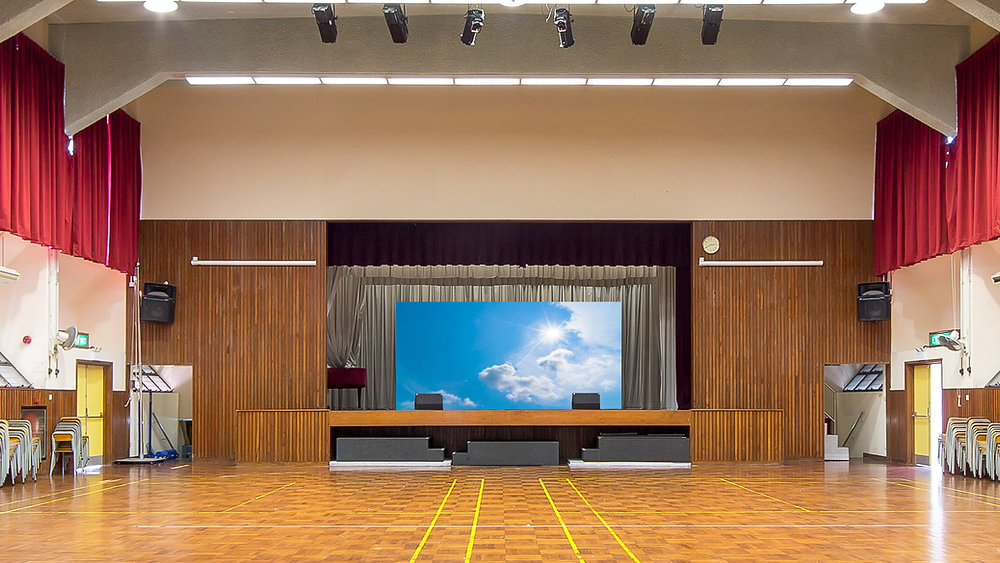
Tips on how to extend the ED life of indoor and outdoor screens and monitor life
In today’s fast-paced advertising world, LED screens have become indispensable tools for businesses looking to capture attention with dynamic and vibrant digital content. From sleek indoor displays in retail stores to massive outdoor billboards, LED screens deliver stunning visuals that engage audiences around the clock. But a key question for buyers and operators alike is: How long do these LED screens last? And more importantly, how can you extend the lifespan of your LED advertising screens?
This comprehensive guide explores the typical lifespan of indoor and outdoor LED screens, the factors that influence their durability, and practical tips to help you maximize your investment and ensure your displays shine bright for years.

1. What Determines the Lifespan of LED Screens?
The lifespan of LED screens is usually measured in operating hours. For most LED advertising screens, whether indoor or outdoor, the expected life ranges from 80,000 to 120,000 hours. To put this in perspective, that means an LED screen running 24 hours a day could last between 9 to 13 years under ideal conditions.
1.Quality and Materials Matter
Not all LED screens are created equal. The quality of the LED components, including the semiconductor materials and the manufacturing process, plays a significant role in how long a screen will last. Premium manufacturers invest in better raw materials and advanced production techniques that result in longer-lasting LEDs with stable performance.
2. Indoor vs. Outdoor LED Screens

Indoor LED screens generally benefit from more controlled environments — stable temperatures, less exposure to humidity or UV radiation, and less physical wear. This helps them reach or even exceed the upper range of their lifespan estimates.
In contrast, outdoor LED screens face harsher conditions: extreme temperatures, moisture, dust, direct sunlight, and fluctuating weather. These factors can accelerate the degradation process, so outdoor LEDs often require specialized protective coatings, robust housings, and enhanced thermal management to survive and perform well over time.
2. Why Do LED Screens Lose Brightness Over Time?
Over time, LEDs experience a phenomenon called lumen depreciation—a gradual loss of brightness as the LED materials degrade with use. Unlike traditional bulbs that may burn out suddenly, LEDs dim progressively, which can subtly affect the visibility and impact of your advertising content.
What Causes Brightness Loss?
-
Thermal stress: High operating temperatures accelerate material breakdown.
-
Electrical stress: Excessive current can damage LED chips.
-
Environmental factors: Dust, moisture, and UV exposure can affect optical components and electronics.
Because of this gradual dimming, regular monitoring and maintenance are essential to maintain image quality, especially for critical applications where consistent brightness matters.
3. Key Factors That Affect LED Screen Longevity

1. Operating Temperature
Temperature is the biggest enemy of LED lifespan. Every LED screen generates heat, which needs to be dissipated efficiently. When heat builds up inside the LED modules or the electronic components, it causes accelerated wear and can lead to premature failure.
Best practices for temperature management include:
-
Designing LED cabinets with adequate ventilation and cooling systems.
-
Using heat sinks and fans when necessary to maintain stable operating temperatures.
-
Avoiding installation in direct sunlight for indoor screens or using shading solutions where possible.
2. Electrical Current and Brightness Settings
Most LEDs are designed to operate efficiently at a specific current—commonly around 350 milliamps (mA). While increasing the current can boost brightness, it also shortens the LED’s life by generating more heat and stressing the semiconductor materials.
Balancing brightness and lifespan means:
-
Running LEDs at recommended current levels rather than maximum capacity.
-
Adjusting brightness dynamically based on ambient light conditions to avoid unnecessary power draw.
-
Avoiding overdriving LEDs even if brighter output is desired.
3. Environmental Conditions and Protection
Outdoor LED screens must withstand rain, dust, wind, and UV radiation. Proper IP-rated enclosures and protective coatings help shield sensitive components from damage. Inadequate protection can lead to corrosion, water ingress, or mechanical failure, all of which reduce the lifespan.
4. Practical Tips to Extend the Life of Your LED Screens

To ensure your LED advertising screens provide the best return on investment, consider implementing these strategies:
Choose High-Quality Components
Invest in screens from reputable manufacturers known for durable LEDs and reliable electronics. Cheap or generic LEDs may save money upfront but often lead to higher maintenance and earlier replacements.
Optimize Installation and Environment
Ensure your screens are installed in locations that minimize exposure to excessive heat or moisture. For indoor screens, maintain good airflow. For outdoor screens, select locations with some natural protection or install additional weatherproofing.
Manage Brightness Levels
Adjust brightness settings to suit the environment—brighter during the day outdoors, dimmer at night or indoors. This not only saves energy but also reduces stress on LEDs, extending their lifespan.
Schedule Regular Maintenance
Dust, dirt, and debris can accumulate on screens, reducing brightness and causing overheating. Regular cleaning, inspections, and timely repairs prevent small issues from escalating.
Use Smart Control Systems
Modern LED systems often come with software to monitor temperature, current, and brightness in real time. Using these tools to optimize operating parameters can significantly improve longevity.
5. Conclusion
The lifespan of indoor and outdoor LED advertising screens can be impressively long—often over 80,000 hours—when managed properly. Factors such as temperature control, electrical current management, environmental protection, and regular maintenance are all crucial to extending the life of your LED investment.
By choosing high-quality products and following best practices in installation and operation, your LED screens will continue to deliver bright, eye-catching visuals that attract and engage your audience for many years.
If you’re interested in learning more about choosing the right LED screens for your business or want expert advice on maximizing display performance and lifespan, feel free to reach out. We’re here to help you make the most of your LED advertising investment.